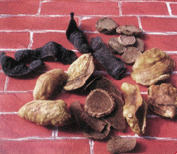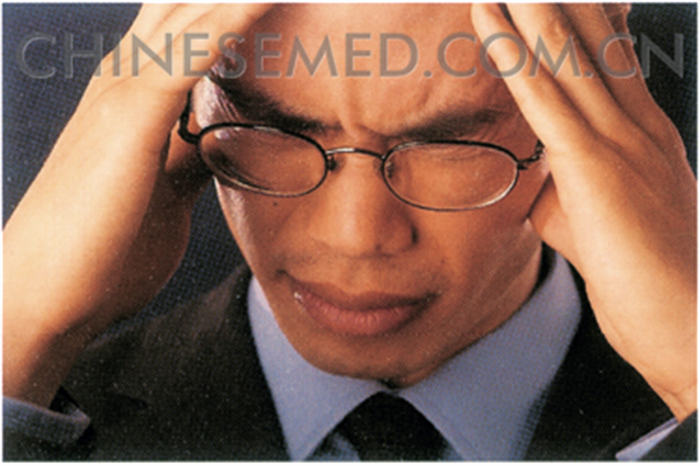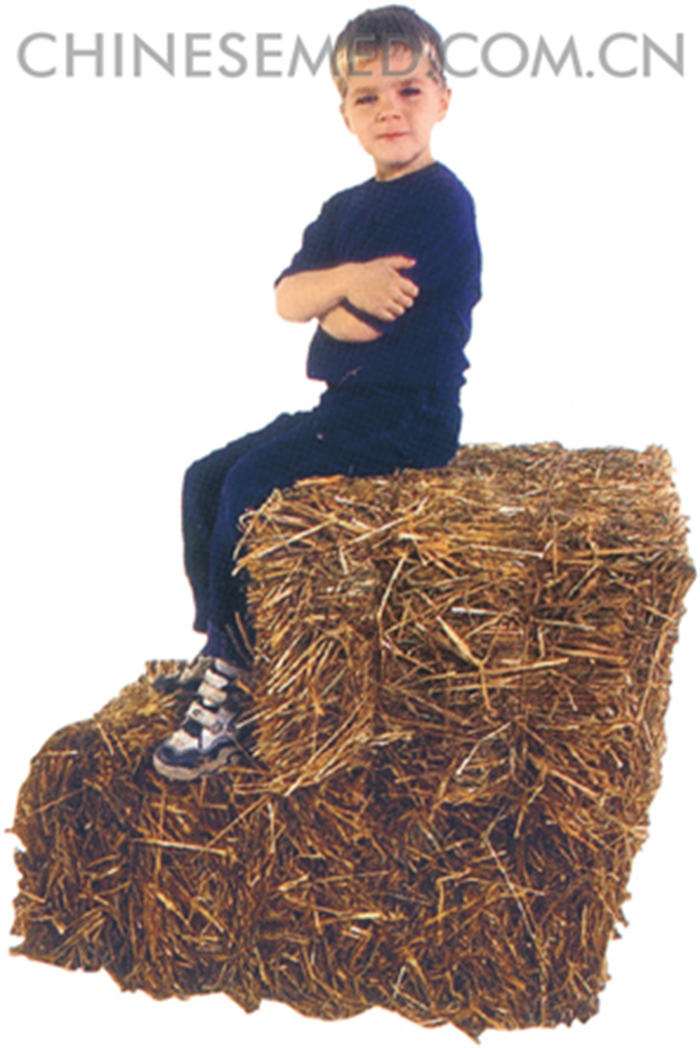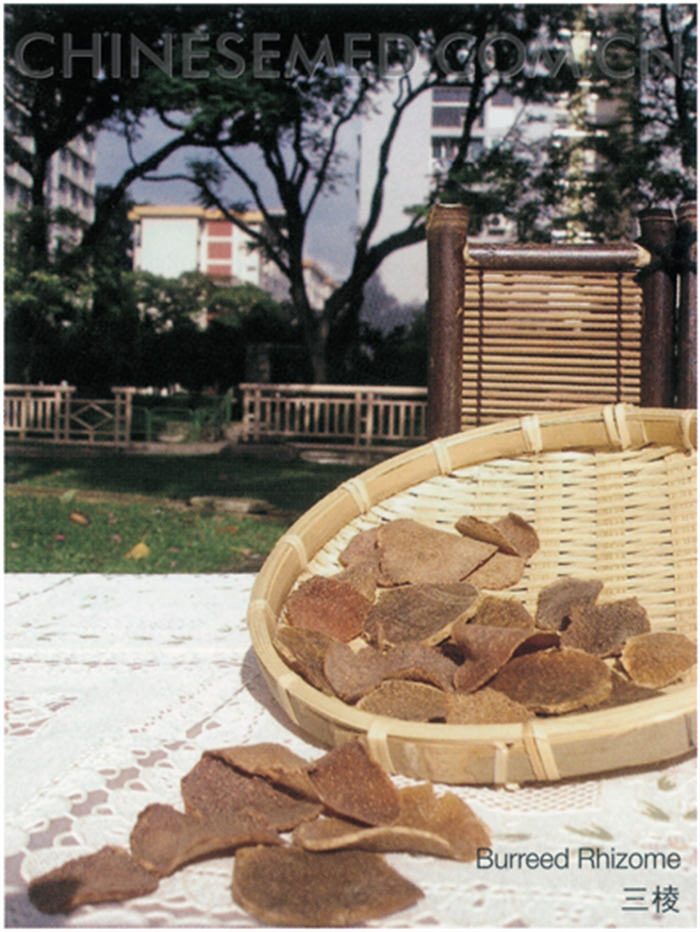Headaches, chest pain and tight chest … Feeling uptight and aching the whole day … One day, a Chinese physician prescribed some herbs for me and after consuming the decoction, I felt much better. Why is it so?

Body aches are caused by all kinds of pathogenic wind that result in blockages, thus causing illnesses related to blood stasis. We will now take a look at common aches related to blood stasis.
Headache
Headaches caused by blood stasis result from external injury, prolonged illness, and are characterised by pain in specific areas, or spots on the tongue.
Herbs for treatment: Twotoothed achyranthes root, safflower, peach seed and earthworms.
Recommended: Szechuan lovage rhizome tea with rock sugar, motherwort congee and chrysanthemum tea.

Chest Pain
In the case of chest pain due to blood stasis, the patient suffers from sharp pain in the chest that usually occurs at night. Heart palpitation is also commonly felt.
Herbs for treatment: Peach seed, safflower, Szechuan lovage rhizome, and twotoothed achyranthes root.
Decoction: Decoction for removing blood stasis in the chest by Wang Qing Ren.
Excerpt from “Errors in Medicine Corrected”, written during the Qing Dynasty.
Ingredients: Peach seeds, safflower, rehmannia root, Szechuan lovage rhizome, red peony root, twotoothed achyranthes root, balloon-flower, Chinese angelica root, thorowax root, trifoliate orange and liquorice root etc.
Recommended: Red sage root drink (can add or reduce the usage of burreed rhizome and zedoary rhizome).
Gastric Pain
The patient may experience these symptoms: pain in specific areas, tongue turns purple, black stools, and vomiting of dark purplish blood.
Herbs for treatment: Safflower, trogopterus dung, cattail pollen, red sage root, notoginseng root and corydalis rhizome etc.
Decoction: Red sage root drink, shixiao powder.
Recommended: Safflower tea mixed with honey and red sugar, rhubarb and flatsedge root soup. When in great pain, add an adequate amount of notoginseng root and corydalis rhizome powder.
Abdominal Pain
Abdominal pain affected by stagnation of qi and blood stasis is usually caused by emotions or prolonged illnesses resulting in deficiency of qi. The aches usually occur in specific areas and one may experience sharp pain, swellings, or a purple tongue with spots.
Herbs for treatment: Szechuan lovage rhizome, corydalis rhizome, cattail pollen, peach seed, safflower or trogopterus dung etc.
Decoction: Decoction for removing blood stasis at the lower abdomen.
Ingredients: Chinese angelica root, myrrh, red peony root, Szechuan lovage rhizome, peach seed, corydalis rhizome, trogopterus dung, cattail pollen, fennel fruit, stir-baked ginger, cassia bark.
Decoction: Decoction for removing blood stasis at the lower diaphragm.
Ingredients: Trogoptems dung (fried), Chinese angelica root, Szechuan lovage rhizome, peach seed, salivia chinensis, red peony root, myrrh, Szechuan lovage root, corydalis rhizome, liquorice root, flatsedge tuber, safflower and trifoliate orange.

Waist Ache
Such waist aches are usually caused by traumatic injury or weariness from overwork. They often occur in specific areas and may worsen at night. The patient’s face and lips may turn dark, and the tongue may also turn green with spots.
Herbs for treatment: Peach seed, safflower, frankincense. Myrrh as well as various qi-promoting and pain-relieving herbs can be used to treat waist ache.
Decoction: Decoction for removing blood stasis of the body by Wang Qing Ren.
Excerpt from “Errors in Medicine Corrected” Volume Two, written during the Qing Dynasty.
Ingredients: Large-leaf gentian root, Szechuan lovage rhizome, peach seed, safflower, liquorice root, notopterygium root, myrrh, Chinese angelica root trogopterus dung, flatsedge tuber, twotoothed achyranthes root, earthworm (mud removed).
Recommended: Safflower and pig’s liver soup, eucommia bark wine.

Hypochondriac Pain
In the case of hypochondriac pain related to blood stasis, channels at the costal region are damaged due to falls or fractures, resulting in blood stasis. One may suffer from depression, stagnation of qi, anger that impairs the liver, prolonged stagnation of qi, or aches due to blood stasis. The patient may also experience aches in specific areas, sharp pain between the chest and the costal region, which may worsen at night. There may also be hematomas around the costal region, and the tongue turns purple and dull in colour.
Herbs for treatment: Burreed tuber, zedoary rhizome, corydalis rhizome, flatsedge tuber and thorowax root etc.
Decoction: Decoction for removing blood stasis at the lower diaphragm by Wang Qing Ren.
Excerpt from “Errors in Medicine Corrected” Volume One, written during the Qing Dynasty.
Ingredients: Trogopterus dung, Chinese angelica root, Szechuan lovage rhizome, peach seed, salivia chinensis, red peony root, spicebush root, corydalis rhizome, liquorice root, flatsedge tuber, safflower and trifoliate orange.

Dysmenorrhea
Such cases of dysmenorrhea are characterised by aches at the chest and rib area before and during menstruation, the limbs appearing swollen, and the patient feeling moody, having a bloated and painful lower abdomen which has low tolerance to palpation, very little menses but with blood clots. When the blood clots are passed out of the body, the pain ceases. The tongue may turn dark purple or bear spots.
Herbs for treatment: Chinese rose flower, safflower, Szechuan lovage rhizome. For those suffering chiefly from blood stasis, flatsedge tuber and bugleweed can be added. For those suffering from stagnation of qi, thorowax root, turmeric tuber and corydalis rhizome can be added instead. If one suffers from cold, cassia twig, prepared monkshood daughter root, flatsedge tuber, dried ginger can be added. For those who cough out thick phlegm at times, pinella tuber, tangerine peel and saposhnikovia root can be added.
Decoction: Decoction for removing blood stasis in the blood.
Ingredients: Peach seed, safflower, Chinese angelica root, rehmannia root, shengdi shi, Szechuan lovage rhizome, red peony root, twotoothed achyranthes root, balloon-flower, thorowax root and liquorice root.
Decoction: Xiaoyao Powder.
Ingredients: Chinese angelica root, white peony root, Chinese thorowax root, largehead atractylodes rhizome, Indian bread, peppermint, liquorice root and ginger.
Recommended: Peach seed congee; boiled eggs with motherwort.


